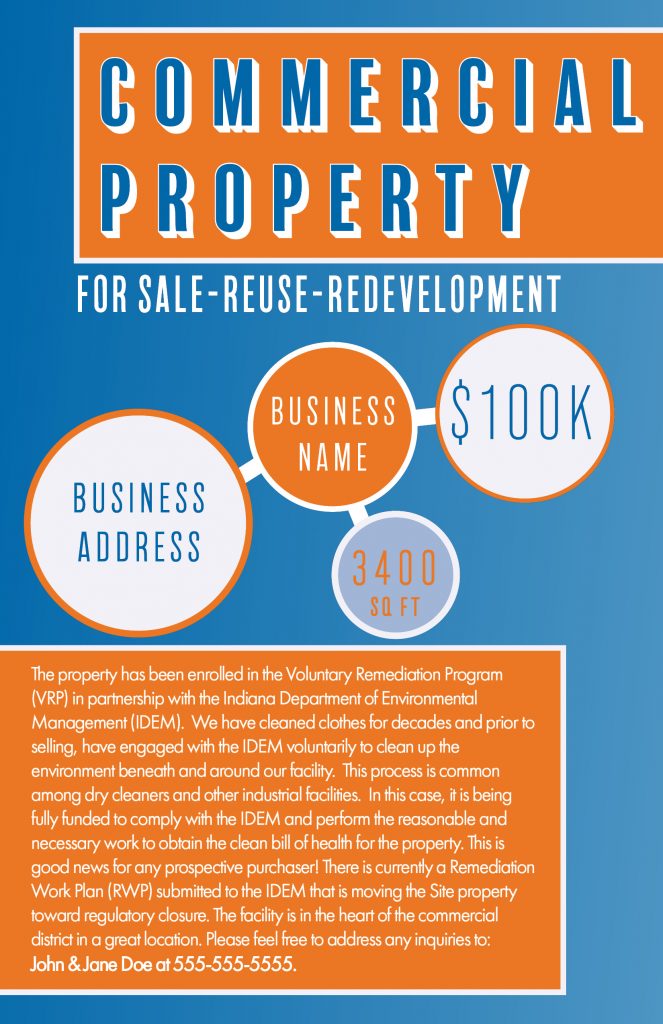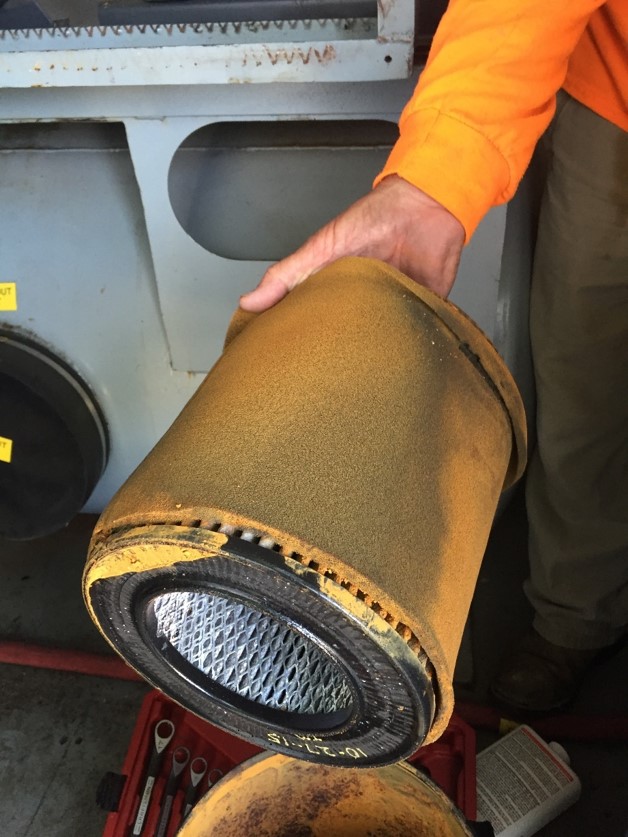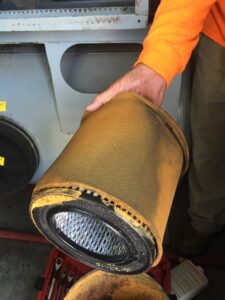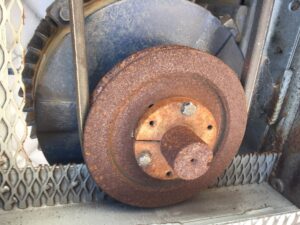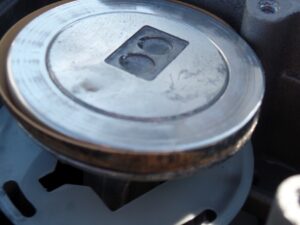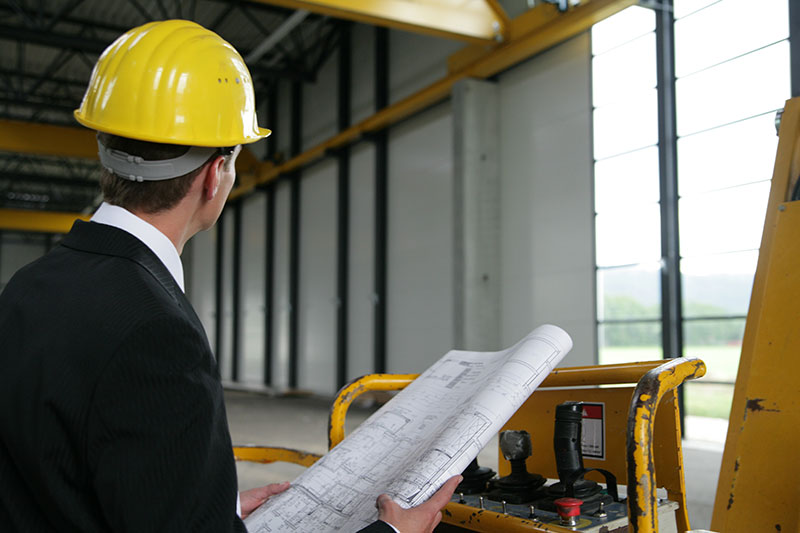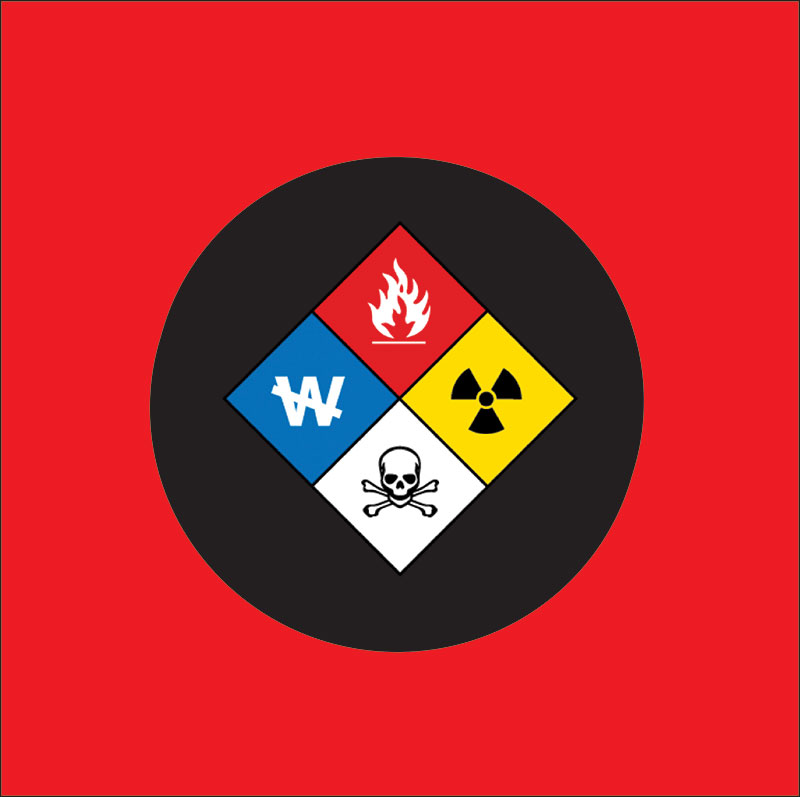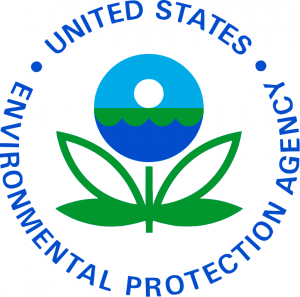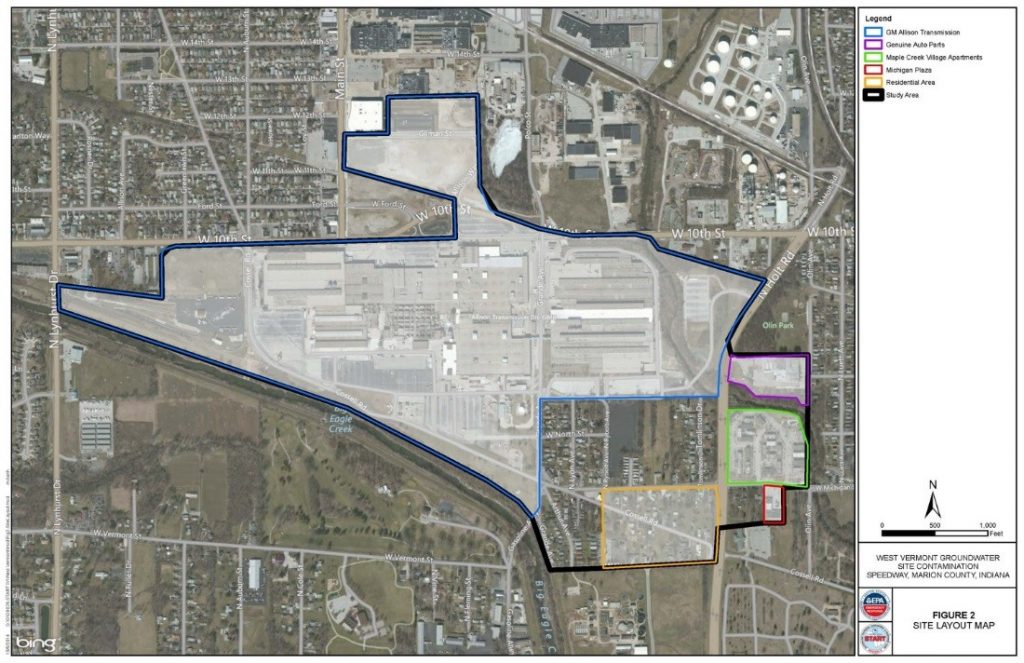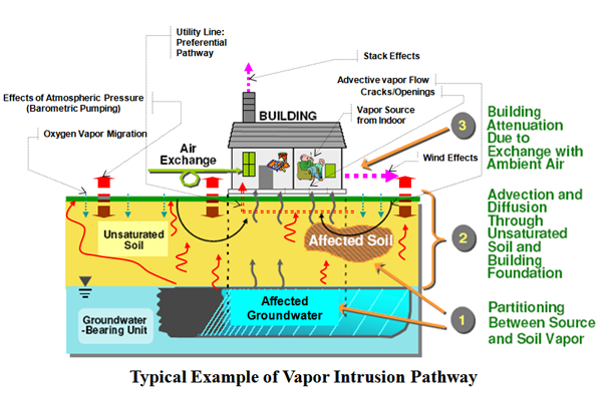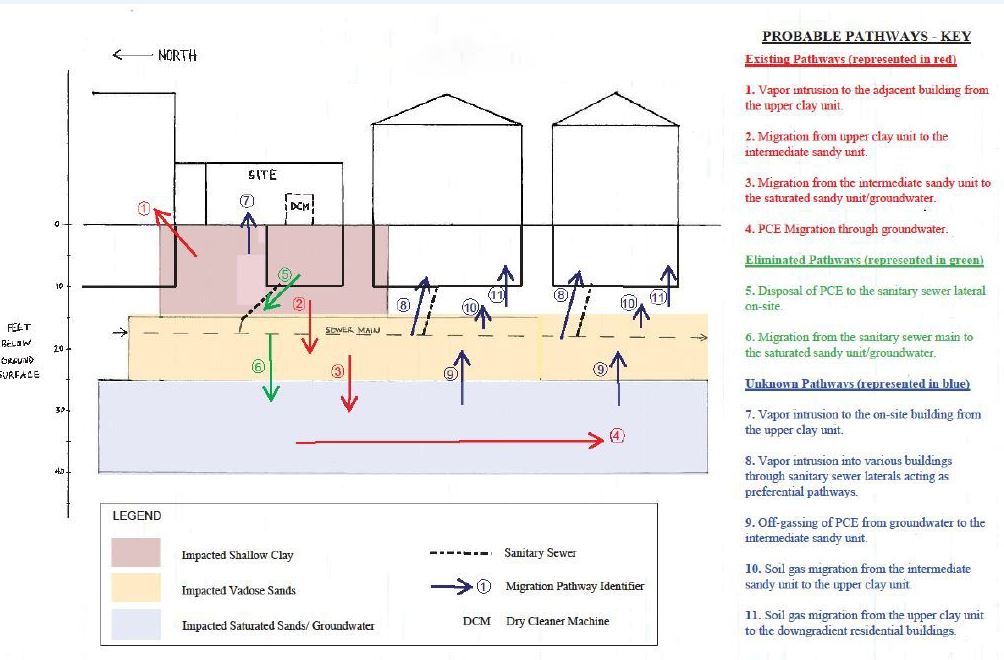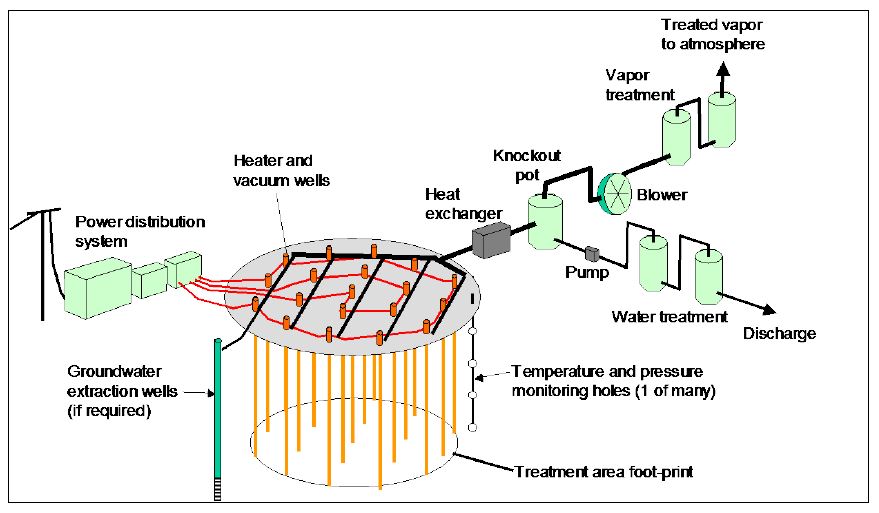Often times our clients are concerned about our work impeding their business, or worse yet, standing in the way of reaching the goal of property redevelopment. To the contrary – our work from the big picture, helps them gain back their property as an asset. A case in point is when clients of ours in southern Indiana were going out of business due to less demand for services, they were trying to sell their property. After having several interested buyers walk away because of rumors that the EPA forced them to close due to the environmental problems, we offered additional service. Our marketing team created a flyer which contained vital information regarding notifying prospective buyers of the ongoing and “all expenses paid” environmental clean-up at the property and enrollment of the site in the Voluntary Remediation Program (VRP). This information will educate prospective buyers, and should put them at ease with regard to the environmental status of the property. The clients were very happy and thankful we are looking out to help them with property redevelopment.
Poster text: “The property has been enrolled in the Voluntary Remediation Program (VRP) with the Indiana Department of Environmental Management (IDEM). We have cleaned clothes for decades and prior to selling, have engaged with the IDEM voluntarily to clean up the environment beneath and around our facility. The process is common among dry cleaners and other industrial facilities. In this case, it is being fully funded to comply with the IDEM and perform the reasonable and necessary work to obtain the clean bill of health for the property. This is good news for any prospective purchaser! There is currently a Remediation Work Plan (RWP) submitted to the IDEM that is moving the Site property toward regulatory closure. The facility is in the heart of the commercial district in a great location. Please feel free to address an inquiries too: John & Jane Doe at 555-555-5555.”

